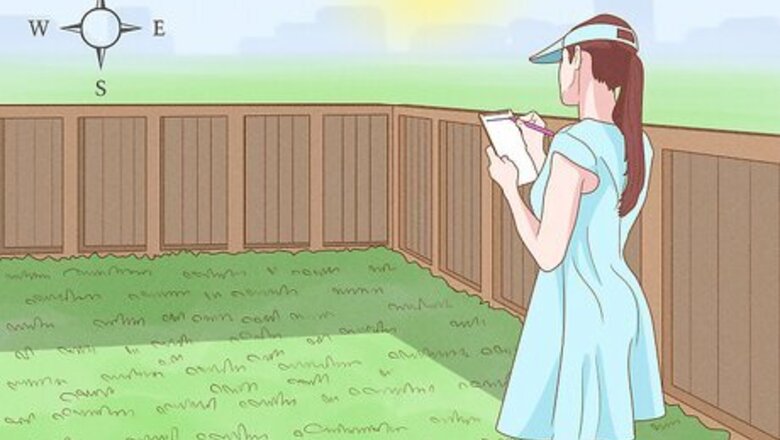
views
Conceptualizing Your Garden
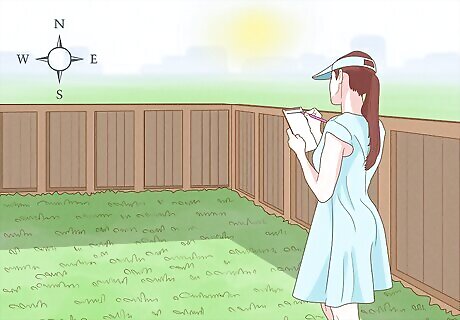
Examine your land. Take a walk around your yard. What kind of garden do you imagine? Try to visualize it. Take notice of the areas that must remain as they are. Be sure to know your cardinal directions (north, south, east, and west), as well as where you get sun and shade, and where water seems to pool.
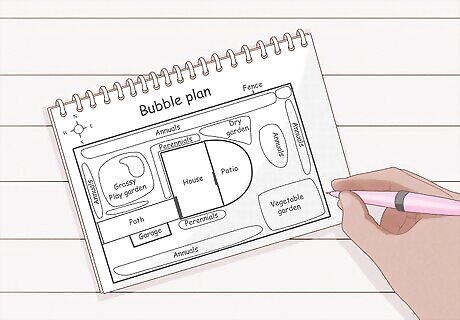
Draw a “bubble plan.” This is a basic sketch of your garden area. This preliminary sketch will enable you to visualize your garden around the permanent structures of your yard, and help you to decide what types of garden space you would like in each area. Sketch a drawing of the house, fence and other immovable areas. Label the areas where you’d like to plant. Label north, south, east, and west. Don’t forget to include seating.
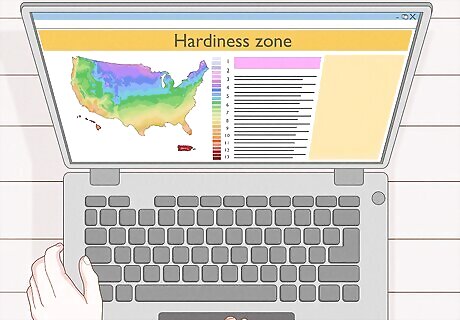
Discover your hardiness zone. Each region has what is known as a "hardiness zone." Your hardiness zone (a category developed by the US National Arboretum) will tell you what temperatures you can expect, as well as which plants are viable for your climate.
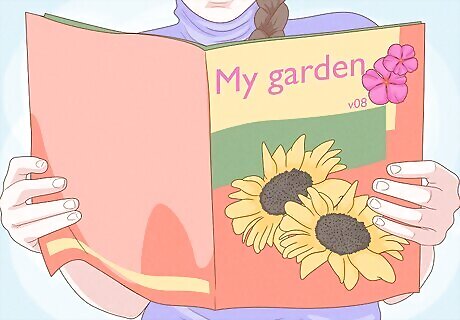
Conduct some research. Check out garden books from the library and buy gardening magazines. If possible, find books and magazines that are written for your specific climate or hardiness zone. If you come across any specific plants you like, find out if they are compatible for your region.
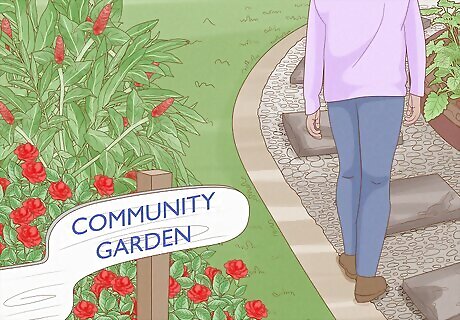
Visit professional gardens in your area. Going to see different gardens can be an excellent source of inspiration. Look for landscaped gardens at public buildings, such as botanical or community gardens. You can also sign up for a home and garden tour in your area.
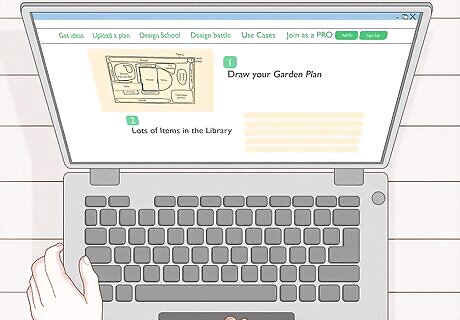
Explore an online garden-planning tool. There are numerous free and paid options available. These programs allow you to digitally plot your garden. Some programs even allow you to upload an image of your home and/or yard for a completely customizable experience.
Designing Perennial Gardens
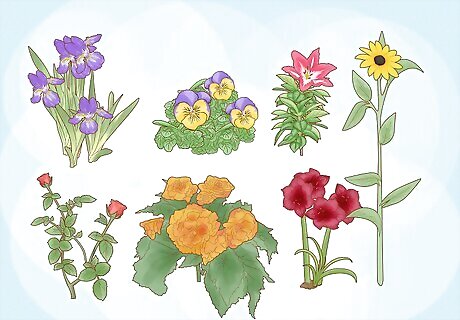
Choose your perennials. Think of perennials as the basic building blocks of your garden. They will come back each year, and they also tend to be more of a financial investment. The colors and designs you choose now will have the longest lasting impact on your garden.
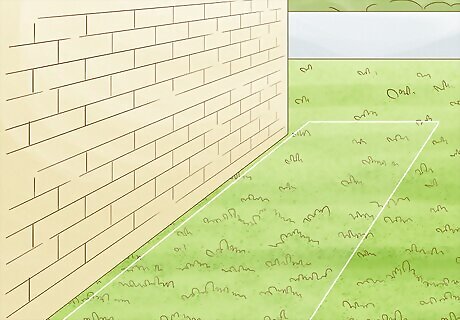
Choose the size of your perennial beds. Decide what size to make your perennial beds based off the size of your house. A smaller house or cottage generally looks better with several smaller beds. A large house will support several larger beds around the perimeter.
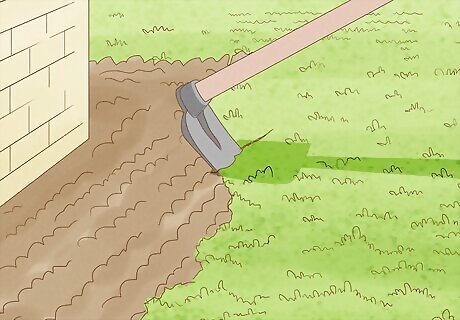
Place perennial beds around permanent structures. Dig them around your garage and house. Perennial beds can be set back further, because they require less tending, unlike annual flowers and vegetables.
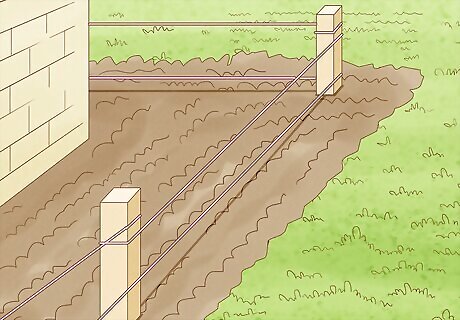
Use string to mark off garden areas. Use wooden stakes to mark off the corners of your garden, the wind brightly colored string around your proposed beds. It will help you visualize the look of your garden, and allow you to fine-tune your placements.
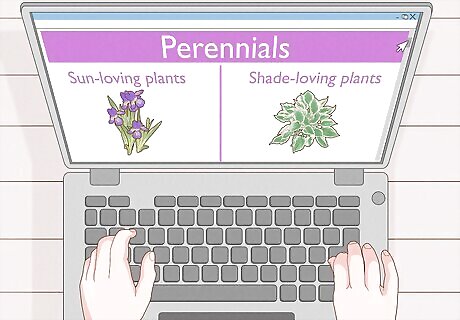
Look for sun. Select sun-loving plants for sunny beds and shade-loving plants for shady spots. Research each plant and make sure that they are compatible with your hardiness zone. Plant shade-loving plants against existing trees or shrubs.
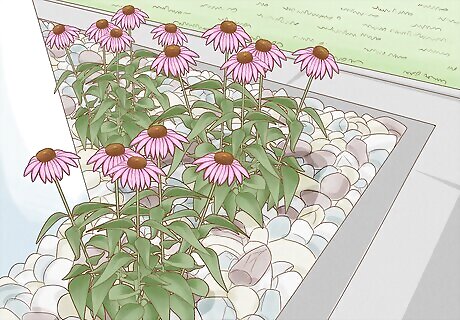
Include a rock garden. Many perennials can grow on rocky terrain. Include a rock garden area as part of your perennial design. This can be a great option if you are unable to weed. Look for plants that do well in a “dry garden,” with less water.
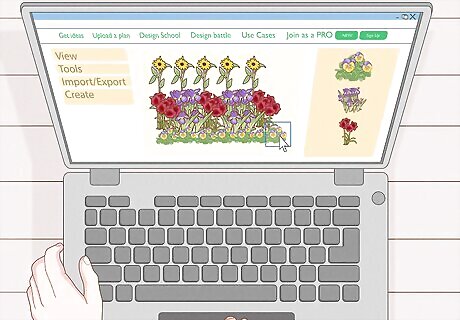
Plan your perennial beds. Decide in advance which perennials will go into each specific bed, as well as where each perennial will be located within that bed. You can return to your online garden-planning tool to accomplish this task. Place taller plants at the back of the bed. You don’t want them shading smaller plants. Give wider plants more space. The beds may look too empty while the plant matures, but they will fill out each season. Intersperse different colors of plants. You can try a design with every other plant being a different color, or diagonal rows of plants that are the same color. Plant very small plants along the borders. Some small perennial plants will also do well against paths. You may also consider using landscape fabric as a barrier for weeds. It can be covered with mulch or rocks to keep your garden looking consistent.
Designing Annual Gardens
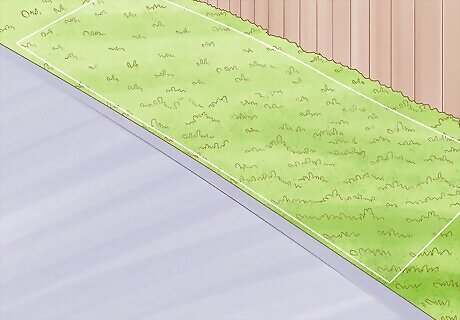
Look for space. Locate the spaces where you would like to plant some annuals. (Whereas perennial plants will regrow each year, annuals will only live for one season.) Annuals will be excellent additions to areas near walkways, fences or yards. This will allow your adequate space for replanting each year and for weeding.
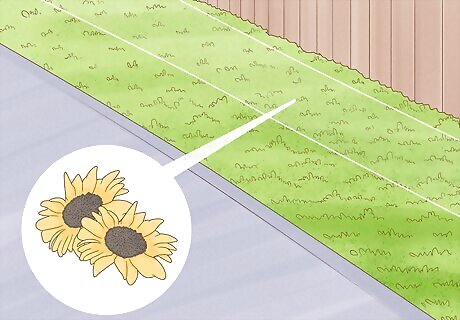
Choose locations for “big annuals.” Big annuals—such as sunflowers—will work best along the outer borders of an annual bed. In additional to sunflowers, try zinnias and cleome.
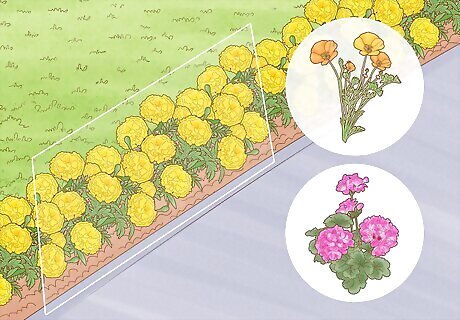
Choose locations for “mound formers.” These are flowers like marigolds, California poppies and geraniums. These flowers take up a bit more space, and as such, they will effectively fill out your garden. Plant several of these plants at once. The bright colors will create a pleasing pattern.
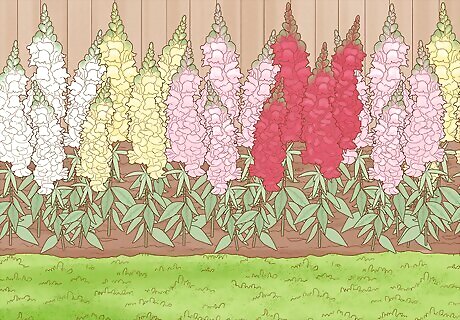
Choose locations for additional “spiky growers.” Spiky growers include plants like salvia, angelonia, and snapdragons. These plants “spike up” adding height, variety, and drama to your annual beds.
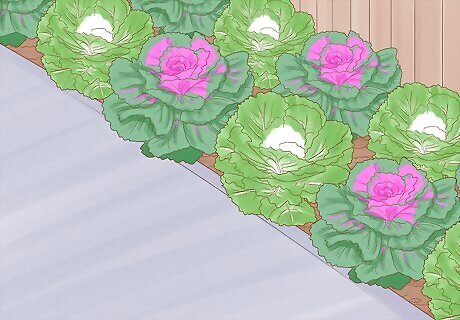
Choose locations for “leafy plants.” This will include your grasses, perilla, ornamental cabbage, and coleus. These leafy green annuals will fill out your garden, while adding dimension to your design.
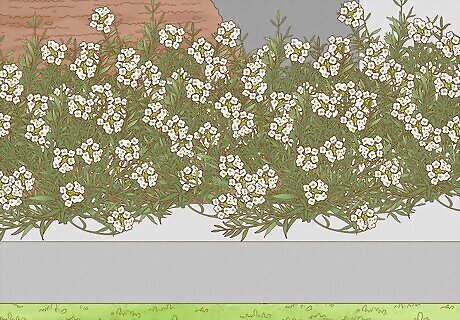
Fill in around the base. You can fill in around the bases of your flowers with low growing plants. Good examples include portulaca, sweet alyssum, fan flower, and million bells.
Designing Vegetable Gardens
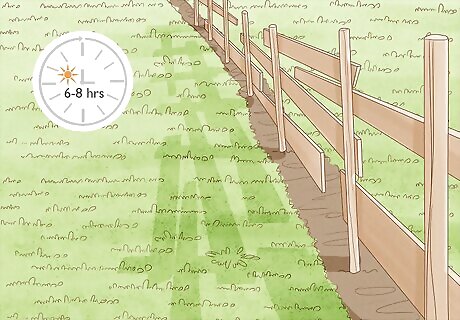
Choose a sunny spot. Most vegetables need 6-8 hours of sunlight per day, so access to bright sunshine is the first thing to think about when planning your vegetable garden. Select a location where your veggies can soak up some rays..
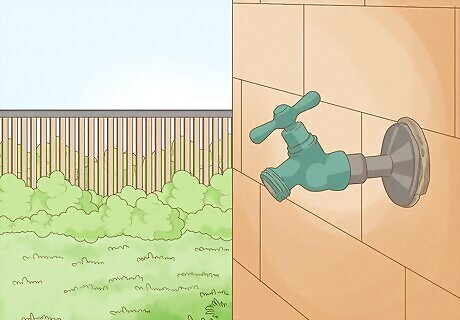
Ensure there is water nearby. After sunlight, water is the next most crucial component to a vegetable garden. Whether you plan to water by hand or employ an irrigation system, you need to be sure you can regularly and effectively water your garden. Veggies are notoriously sensitive to drought.
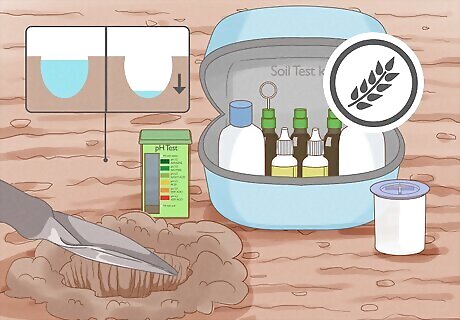
Evaluate your soil. Test your soil to see what you have in your area. Plants like vegetables grow better in rich, well-drained soil. You can add mulch or compost to your soil to bring in more organic matter if necessary.
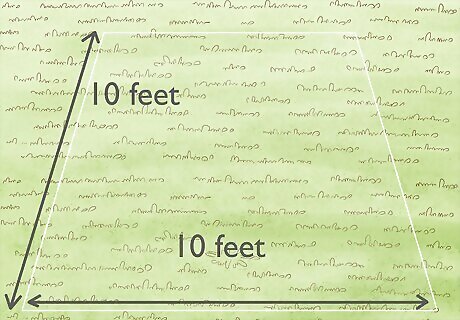
Make the garden the proper size. When planning the size of your garden, you will want to be realistic. If this is your first vegetable garden, it may be wise to start small. A well-maintained 10 feet (3.0 m) by 10 feet (3.0 m) garden will produce more food than a weed-filled, unkempt 25 feet (7.6 m) by 25 feet (7.6 m) bed. Choose an area that is flat. In some cases, you can tear up earth and level it out, but it may need extra leveling in the future as the dirt compresses.
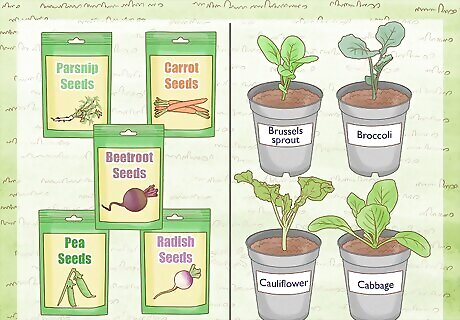
Decide what you’ll grow. Select the vegetables you want to grow based on which plants are compatible with your region, and which vegetables you would like to eat! You will also need to decide how much of your garden will be “direct sow” (seeds planted right into the earth) versus “transplanted” (plants started somewhere else and then transferred). Some direct sow plants include beets, carrots, parsnips, peas, and radishes. Some veggies you are more likely to transplant include broccoli, Brussels sprouts, cabbage, and cauliflower. Transplants can be purchased (which is more expensive), or started yourself in an indoor location.
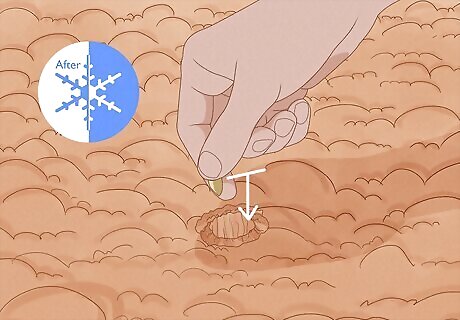
Figure out a timeline. Before you can plant, you’ll need to know the average date of the last spring frost in your region. You will want to start planting as soon as possible after the risk of frost has passed. This can be a gamble: you want to achieve the longest growing season possible, but a late frost can damage what you’ve planted. Based on the projected last frost, you can select a date to begin planting. You can check with a local nursery or look into a farmer’s almanac to determine the date for your region. If you are planning to start your own transplants, work backwards from your planting date, and decide when you’ll need to begin growing your transplants.
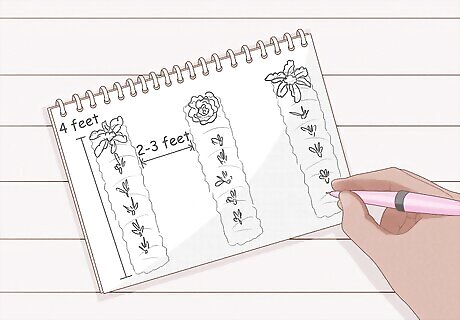
Sketch out a plan. Before you begin planting, take some time to plan the locations of your vegetables. You will want to place taller vegetables in the back and shorter vegetables near the front, so that they don’t compete for sunlight. Plant in rows, so that you can separate types of plants and create walkways between the rows. Start with four foot (1.2 meter) rows and two to three foot (60 to 90 cm) pathways between the rows.

















Comments
0 comment